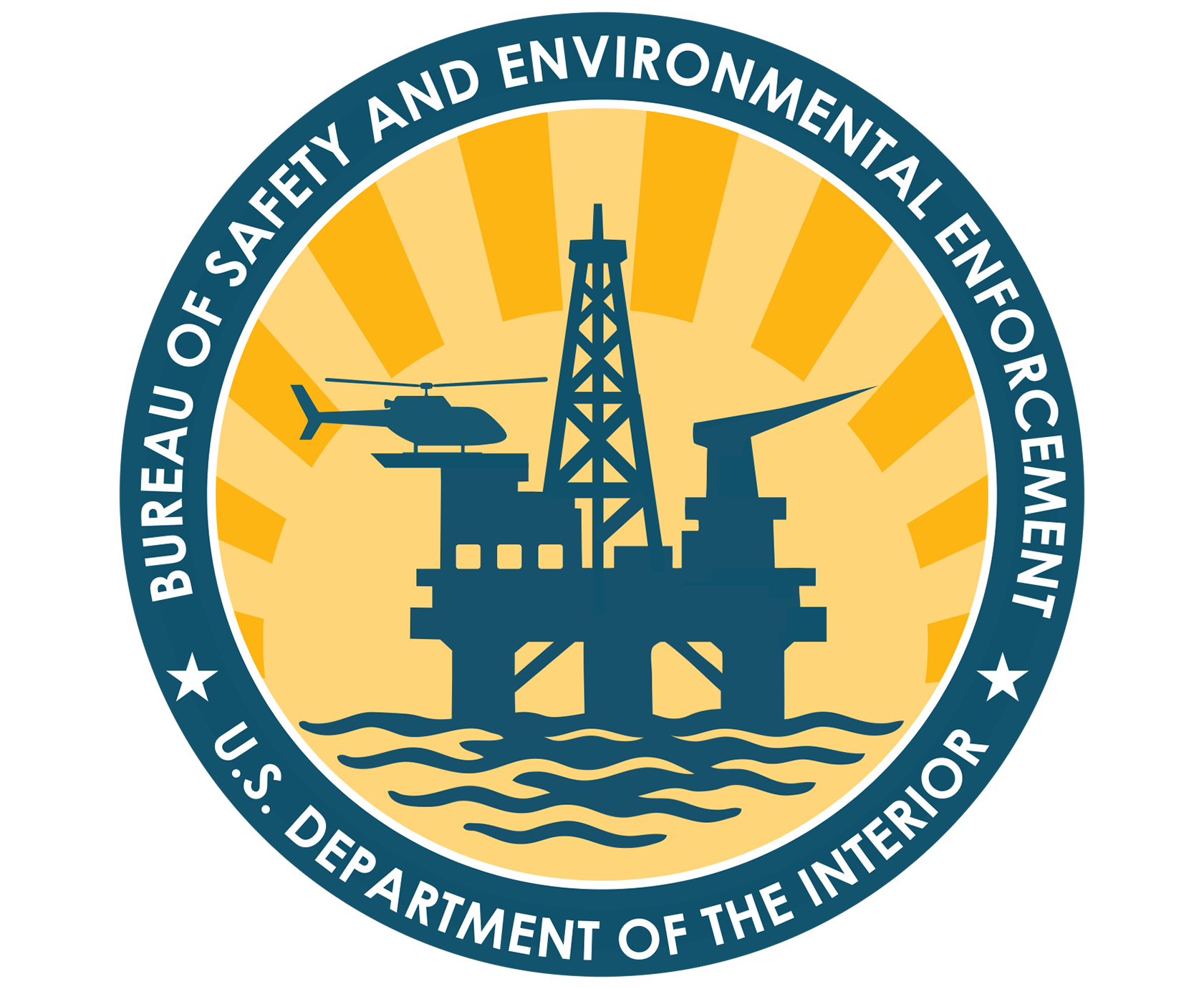
You are viewing ARCHIVED content published online before Jan. 20, 2025. Please note that this content is NOT UPDATED,
and links may not work. Additionally, any previously issued diversity, equity, inclusion or gender-related guidance on
this webpage should be considered rescinded. For current information, visit
News Items | Bureau of Safety and Environmental Enforcement.
SEATTLE – The Bureau of Safety and Environmental Enforcement’s (BSEE) Timothy Steffek described recent advances in oil spill technology at two gatherings of offshore stakeholders June 21-23. Steffek explained that audiences at both the Pacific States/British Columbia Oil Spill Task Force meeting and the Clean Pacific Conference were “surprised by Ohmsett’s range of capabilities.” Ohmsett is BSEE’s 660-foot long saltwater test tank and is used for a variety of oil spill research studies. Steffek continued, “participants were impressed by the volume of research being conducted by BSEE.” He also stressed the international nature of the research, pointing out that, “Thirty-six countries have conducted tests or training at Ohmsett on everything from wave energy to remote sensing.”
At the two gatherings Steffek was able to address U.S. and Canadian regulators, a variety of energy industry professionals, and oil spill responders. He noted that during the task force meeting, “audience and other panel members were very interested in the recently completed Estimated Recovery System Potential calculators.” The calculators, according to Steffek, are part of a new suite of tools which look at, “the capacity to respond to an oil spill at a systems level, rather than from the perspective of individual pieces of equipment.” As part of a panel at the task force meeting, Steffek said he was able to, “explore policy, research and development, and economic drivers that affect technology advancement.”
Since 1989, the task force’s mission has been to improve prevention, preparation, and response to oil spills on a state and provincial level. Representatives from the five U.S. Pacific states and British Columbia participate in the task force..
At the Clean Pacific Conference, Steffek participated in the “Advances in Non-Mechanical Response Techniques” panel. Steffek summarized BSEE research efforts related to dispersants, describing, “efforts to better correlate laboratory-scale dispersant research to performance in the both the Ohmsett test tank and the field.” Steffek also presented BSEE studies of dispersant performance in extreme environments such as the deep sea and the Arctic.
BSEE laboratory studies are examining how factors such as pressure, dose, and mixing energy impact dispersant effectiveness. The Bureau is also conducting studies in the Ohmsett test tank that quantify the mixing and chemical environment. A third set of BSEE-sponsored studies involve the use of acoustic techniques designed to measure oil in the water column. Together, these studies will greatly advance our understanding of oil spill dispersants and how the oil and gas industry can more effectively respond when spills happen.
